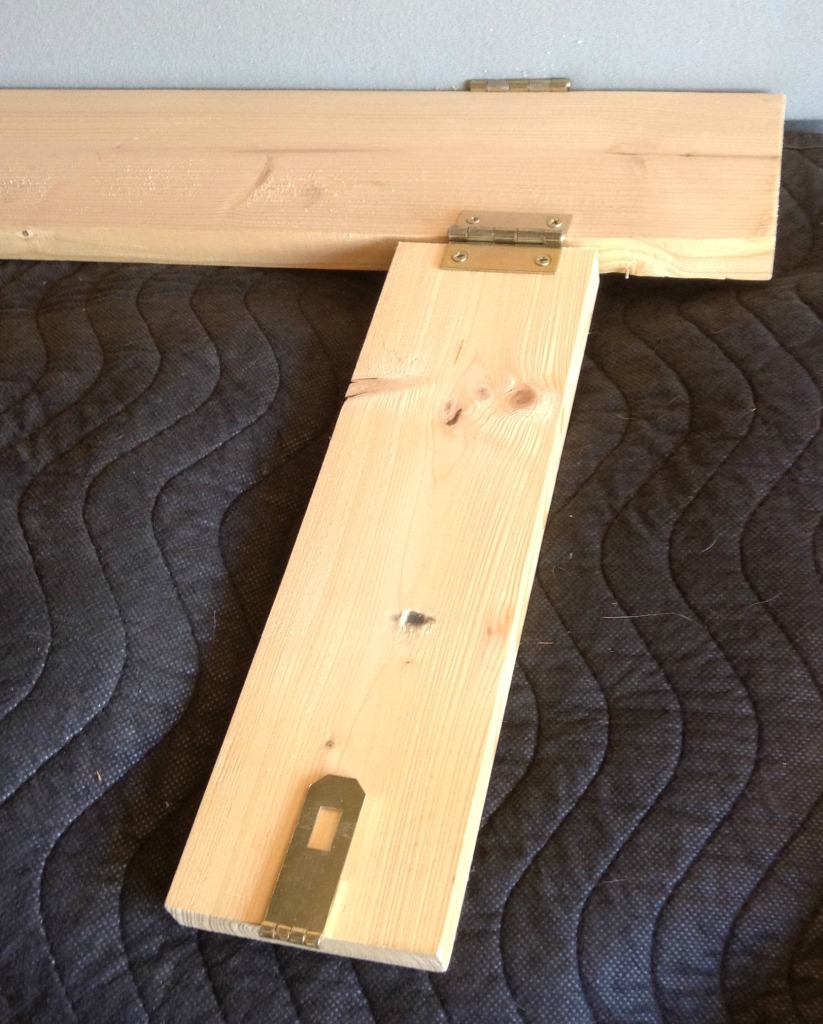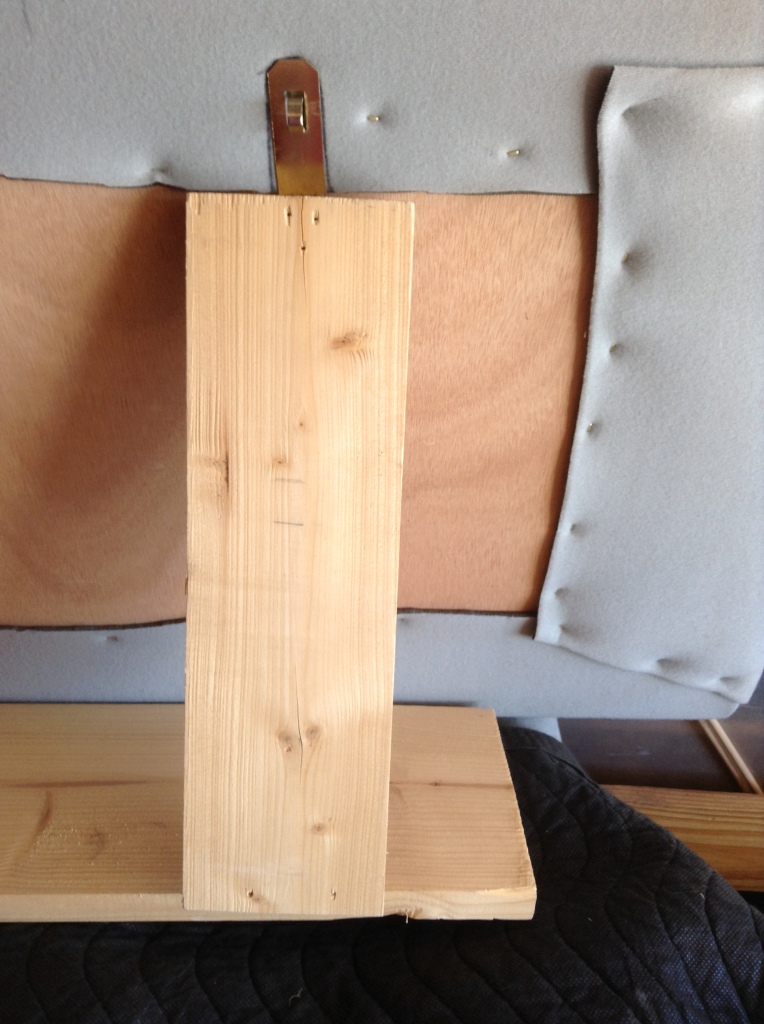So last time we discussed the importance of having your display tables at a comfortable height for the customer.
If you are doing inside shows you will usually be dealing with a level carpeted or linoleum floor. PVC pipes are a lightweight and inexpensive way to raise table height. The following graphic shows the most common forms of table legs. If there are no cross braces or bends in your table legs, you can’t use this system for raising your tables. You will need to locate furniture risers or create a custom solution.
Making leg extensions is easy. Simply cut four pieces of PVC pipe that are large enough to go over the bottom of the table legs – choose the pipe diameter that is closest to the size of the table leg and cut it long enough to raise the table to the height you want it to be. Remember the table leg must fit inside the pipe, so measure the outside of the table leg – with the bottom cover, if you plan to leave it in place, and then measure the inside of the PVC pipe. When choosing the table height – don’t get carried away. They need to still be low enough to be stable.
I should mention that most of the plastic tables are NOT intended to be sat on. If you must sit on tables you should probably resort to the old chip board tables with a steel substructure. Tables on any sort of riser should never be sat on.
Now what about outside art events? A park may look fairly smooth and level, but the reality is that it isn’t. At the very least you need to always carry pieces of wood to use as chocks under the legs of you table. I have pieces of boards that are 2x4x4, 1x4x6, and 2x6x6. These are all pieces of wood that are left over from various construction projects. Simply lift up the table leg and place the wood underneath. This is also particularly helpful if you have to set up on a hill. I do one event where the shop is on a considerable hill. In this case, I level the tables on the uphill side of the tent separately from those on the downhill side. The shop is in a 20×20 pavilion at this event and there is almost a foot difference between uphill and downhill. It would be crazy to try to make the two sides level with each other.
So far we have omitted one really important item – table cloths. Table cloths can be an important part of the decor of your booth.
When you go to a convention center for an event, the tables are often covered with table cloths as part of the space rental. If you have plastic or chip board tables, they need to be covered. You can choose to use flat table cloths, or fitted table cloths. I have created custom fitted table cloths for my shop. I purchased all the table cloths that I could find (that I liked) at a discount store and then sewed them to make fitted table cloths. I wanted them to be fitted because I did not like the flat table cloths flapping madly in the wind at outside events. These table cloths were cut and sewn so that they only cover three sides of the table – leaving the back open for easy storage access.
I hope these ideas help you create a successful and good looking booth!







